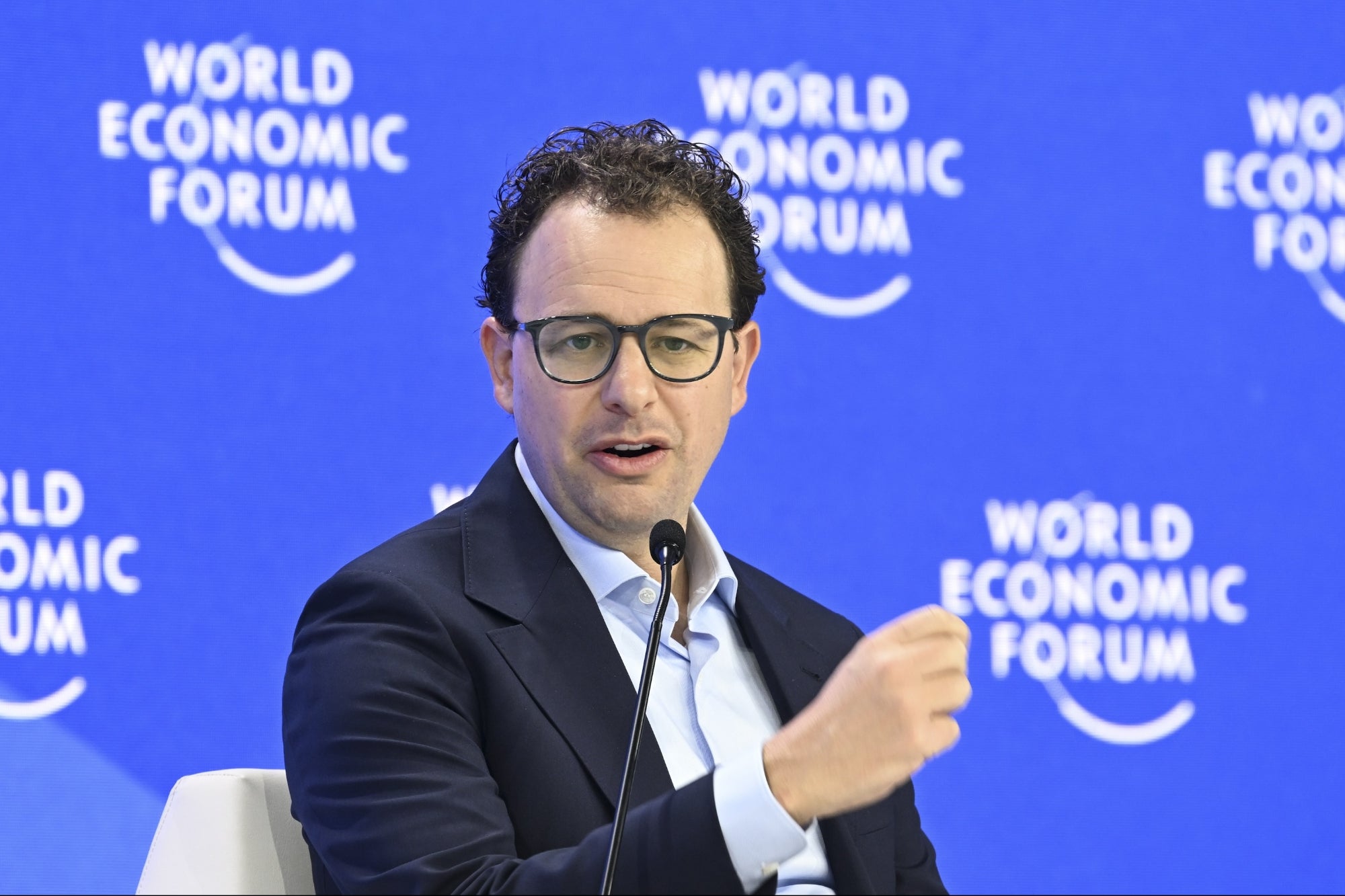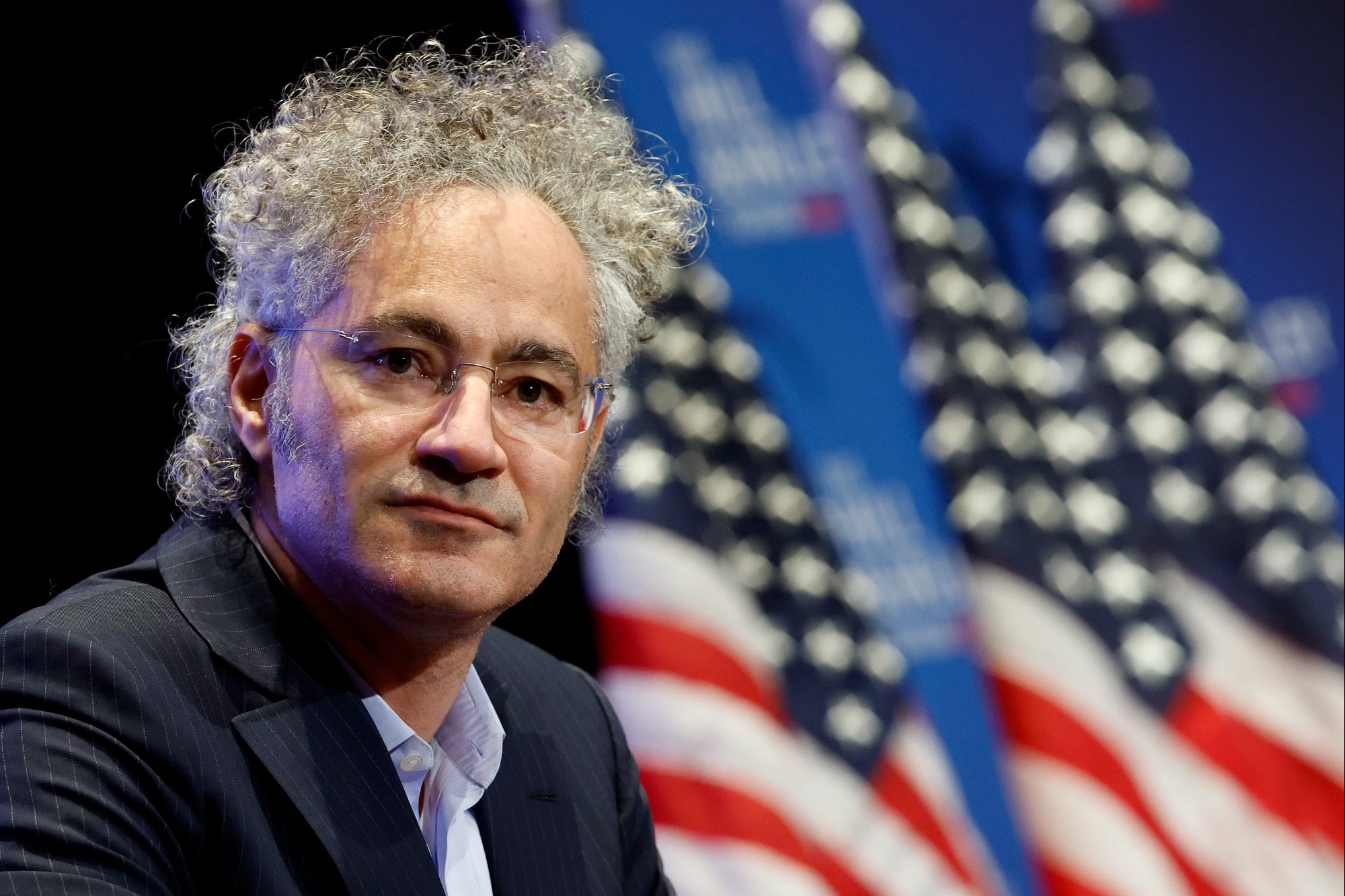A 5-Step Reality Check for Inventors The only easy parts of developing an invention are underestimating the costs and over-estimating the market.
By Kedma Ough Edited by Dan Bova
Opinions expressed by BIZ Experiences contributors are their own.
Inventors get lots of ideas for products.. It's more difficult to have that idea generate more money than the cost of bringing the idea to the market. Using an idea checklist evaluation tool can help you determine the feasibility of bringing your idea forward.
The idea checklist evaluation focuses on five essential aspects of an idea, each rated between 1 and 10. If the total cumulative score for your idea is less than twenty points, the idea should not be considered as feasible. A score between 20 to 35 indicates potential caution with proceeding, and a score of 35 or higher indicates strength towards proceeding with further discovery.
The five variables that the checklist follows are described as follows:
1. The strength of the patent.
The strength of the patent is vital for competitive positioning in the marketplace and is a primary focus for potential product licensing deals. While filing a provisional application is helpful for establishing patent pending status, the goal is to obtain a utility patent filing on the invention.
Utility patents are issued by the USPTO for inventions that have a new and useful method, process, machine, device, manufactured item or any new and useful improvement. There are many low cost ways to get a birds eye view of the patent viability of a product including the use of pro bono legal intellectual property services through the USPTO. The stronger the patent the higher the rating.
Related: The 'Aha!' Moments of Famous Inventors (Infographic)
2. The functionality of the prototype.
Inventors may have a notion that licensors will license a product without any functional testing performed. While this may work in very rare cases, having a functional prototype is tremendously important. Research and development is a costly endeavor, and potential licensors will expect that you have performed some level of due diligence on your product's viability. The more challenges or functional gaps determining through prototyping, the lower the rating.
3. The size of the market.
Before your idea can be developed and taken to market, it is critical to understand the scope of the opportunity, by sampling the target market. In the consideration of a licensing deal, validation of the consumer's interest in the product will serve to strength the case of a viable product. A great way to gain knowledge of the market is to solicit feedback directly from buyers. Professional buyers deal with many thousands of products daily, and can provide rapid insight to the potential market interest. The larger the perceived market opportunity, the higher the rating.
Related: Lori Greiner's Advice on How to Get Your Invention on Store Shelves
4. The price.
Pricing plays a significant role in success or failure of your product. If you're planning to develop a business/product with large potential appeal, you will need to spend time considering your strategy on pricing. If the price is seen as prohibitive to the perceived value, consumers won't purchase even if it's assumed to be a better solution than is currently available in the general marketplace. The higher the price in its product category the lower the rating.
5. The funding options.
As an inventor you must consider the minimum amount of funds you will require to bring the product to market. If you are waiting for an angel investor or other windfall of funds to finance your idea, the likelihood that your product will reach market is slim. Even when considering pursuing a product licensing deal there are still similar upfront expenses that need to be considered to strengthen the probability of that deal coming to fruition. The more challenges you face in funding the stages necessary to bring the product to the market, the lower the rating.
As a serial inventor working on multiple product concepts is a constant challenge with limited time, resources and funding. So before you spend thousands of dollars on a non-viable product use the tool to strengthen commercial viability.
Related: One of Shark Tank's Original Sharks to Launch Crowdfunding Site For Inventors










